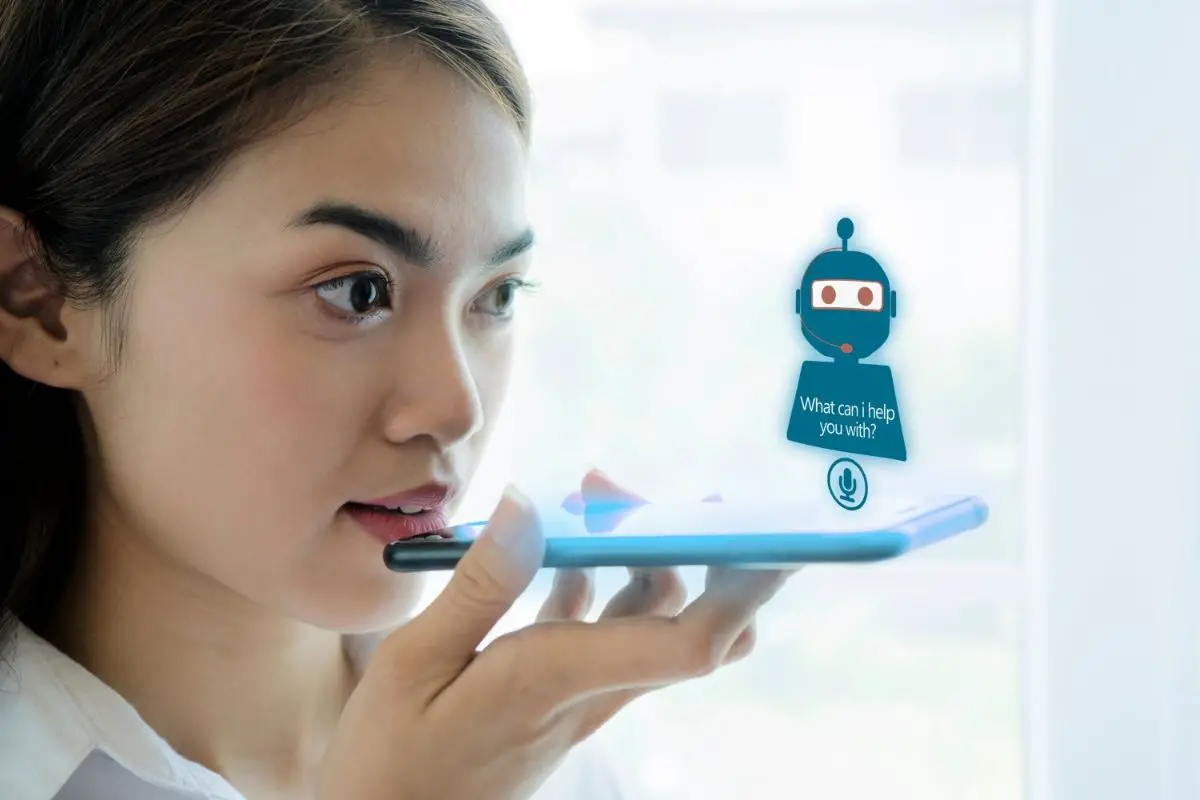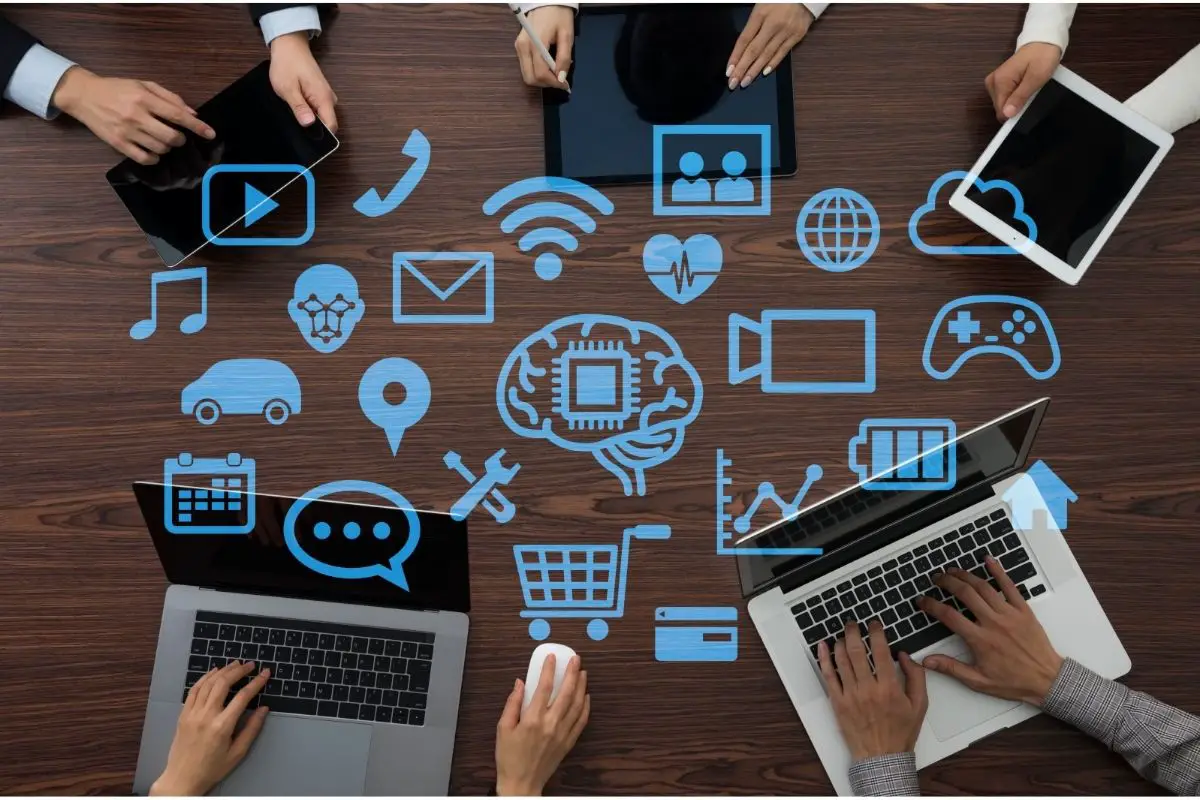One of the most essential components of computer vision is face detection. It serves as the foundation for numerous more investigations, such as those that involve recognizing particular individuals or highlighting important features on the face.

There are a few companies leading the technology world such as Dlib, OpenCV and of course Caffe. These deep-learning programs are used by organizations all over the world.
From Google Images to unlocking your smartphone, the Caffe face detection model is popular within the field. In this article we explain what the Caffe face detection model is and why you should use it.
With a range of advantages and applications, the Caffe face detection is an extremely important software. Let’s get into it!
What Is The Caffe Face Detection Model?
It is a Caffe model with ResNet-10 architecture at its core and is based on the Single Shot-Multibox Detector (SSD). It debuted in OpenCV’s deep neural network module after version 3.3. A single NVIDIA K40 GPU* can process more than 60M images per day with Caffe.
This translates to 1 ms for inference and 4 ms for learning, and more recent hardware and library versions are even faster. As a result, Caffe is one of the fastest convnet (convolutional neural network) implementations currently in use.
The Caffe Face Detection Model uses both recognition schemes: same/not same and person identification. Meaning it can recognize whether the person in multiple frames is the same person and can quickly analyze a large dataset of images.
However, you must compare to every individual in your reference database in order to obtain an accurate identification (you might get few “same” results).
What Is Deep Learning?
A branch of machine learning known as “Deep Learning” focuses on learning data representations and making predictions without the aid of task-specific algorithms. An ML model in this situation may learn in a supervised, semi-supervised, or unsupervised manner.
Artificial Neural Networks are deep learning algorithms that are based on the structure and operation of the human brain. In the case of deep learning, a machine learning model picks up knowledge through examples (with positive and negative labels).
A pre-processed data set of specific instances is used to train the machine learning model, which then uses that training to create predictions.
Why Use Caffe Face Detection Model?

Caffe was created with speed, open-source machine learning development, expressive architecture, and seamless community support in mind. Caffe framework is a well-liked option for creating Deep Learning models because of these qualities:
- Speed: Caffe can process over 60 million photos per day on a single Nvidia K40 GPU. In terms of speed, learning processes take 4 milliseconds per image and inference takes 1 millisecond per image. The newest hardware and updated library versions continue to improve Caffe’s performance in terms of speed. This makes the Caffe framework an ideal choice for both research experimentation and the deployment of deep learning ML models at the industry level.
- Community Support: The Caffe-users organization and the GitHub platform both offer developer help to Caffe platform users. On Caffe, numerous startup prototypes, scholarly investigations, and commercial applications pertaining to vision, speech, and multimedia recognition have been developed, supported by the Caffe Community.
- Expressive Architecture: Caffe’s expressive and modular architecture enables faster creation of machine learning-based applications and algorithms. Without having to use hard coding, the models may be defined and optimized. The ML model can be trained on a GPU system by utilizing a single flag to switch between the GPU (Graphics Processing Unit) and CPU. The model can then be put into use on commodity clusters or mobile device platforms.
- Extensible Code: There are excellent programs, algorithms, and models in the Caffe framework. Caffe has undergone numerous modifications over the years as a result of contributions from researchers and developers, making it an effective platform for deep learning projects.
Face Detection Vs. Face Recognition
Whether a face is present in an image and where it is placed within it can be answered by face detection. Whose face is that? is answered by Face Recognition, which goes a step further. Facial Detection comes before facial recognition in the procedure.
Face Recognition is the most widely used application of face detection. The first stage in any Face Recognition system is to detect the face. The characteristics of the recognized face can be utilized to connect it to a person in order to identify them.
A Face Recognition system, also known as Face Identification, searches a database of recognized individuals for the subject and makes an educated guess as to who they are. If the individual is absent from the database, that indicates you have never encountered them before.
Therefore, you can either add them to the database or just say that they are an unidentified person. Applications like surveillance and attendance tracking can both make use of this.
A computer software may identify human faces in an image or video stream and locate them using the Computer Vision job known as “Face Detection.” For the majority of face-related computer vision applications, this is the first and most important stage.
It operates by picking out and quantifying face features in an image.
Facial recognition technology can recognize human faces in pictures or videos, assess whether a face appears in two different pictures of the same person, or look for a face in a big database of pictures that have already been taken.
Advantages Of Caffe Face Detection Model
When it comes to using Caffe Face Detection Model over other face detection software there are numerous advantages and benefits. Including:
- Accurate Results: Neural networks are always used in deep learning applications for image processing because they produce superior results than the HAAR cascade classifier. Caffe Face Detection is known for providing more accurate results over other software. Codes and software can be created without the need for hard coding.
- Detecting Multiple Faces: When utilizing other techniques, we occasionally are unable to view several faces, but when using the ResNet-10 Architecture, the network model effectively allows us to perceive the various faces (SSD).
- Efficient Processing: Deep learning models are extremely fast. And the Caffe face detection model has the ability to process 60 photographic images per day. Inference procedures take one millisecond each image, while learning processes take four milliseconds per image.
- Improved Security: Face detection enhances surveillance and aids in the capture of terrorists and criminals. Since there is nothing for hackers to take or alter, like passwords, personal security is also increased.
In other words, the Caffe Face Detection model is extremely speedy and is highly reliable to detect faces across multiple pieces of software at once.
Conclusion
Face detection, also known as facial detection, is a computer technology that uses artificial intelligence (AI) to find and recognize human faces in digital photographs.
Face detection technology can be used to enable real-time surveillance and tracking of people in a variety of industries, such as security, biometrics, law enforcement, entertainment, and personal safety. Caffe is one of the leading software programs in facial detection.
With intense speed and accuracy, you can detect multiple faces over multiple applications. If you are looking to improve your security or are in need of an upgrade, the Caffe Face Detection Model is an absolute must!









Thanks for shening. I read many of your blog posts, cool, your blog is very good